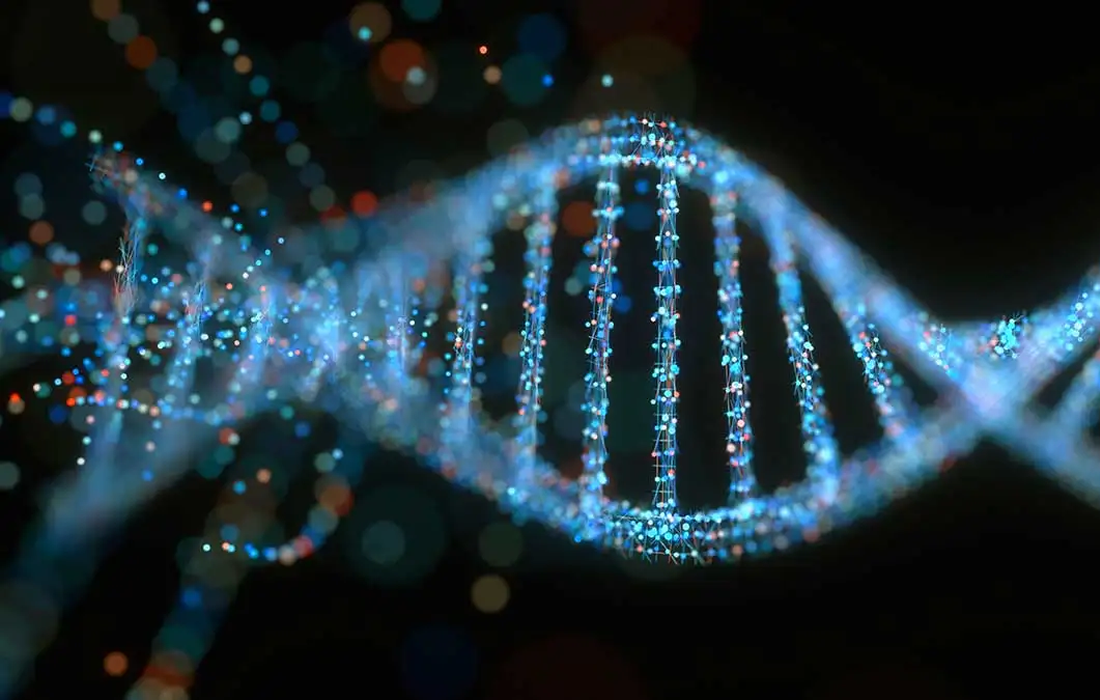Anti-Aging
The potential role of Junk DNA sequence in aging
Our body is made up of millions of cells. As we age our cells do the same and there is a point when they stop replicating and dividing until they eventually die. Scientists have long known that genes influence how cells age and how long humans live, but the exact mechanism remains unknown. A new study by researchers at Washington State University has solved a small piece of that puzzle, bringing them one step closer to solving the mystery of aging.
The study headed by Jiyue Zhu, identified a DNA region known as VNTR2-1 that appears to drive the activity of the telomerase gene. Telomerase is a key enzyme for cell survival that prevents telomere shortening and the subsequent cellular senescence. This enzyme helps produce telomeres, the caps at the end of each strand of DNA that protect our chromosomes within our cells. Normally the telomeres get shorter every time cells duplicate their DNA before they divide and they get to a point where they are too short that the cell can no longer reproduce, causing the process of aging and death.
Some types of cells like reproductive cells and cancer cells have the ability of resetting to the same length when DNA is copied, restarting the aging clock in new offspring. This is one reason why cancer cells can continue to multiply without control and generate tumors.
Zhu said that VNTR2-1 helps to drive the activity of the telomerase gene and that the finding is especially notable because of the type of DNA the sequence represents. These findings of how the telomerase gene is regulated and activated are key for the understanding of how we age and may lead to the knowledge of how to stop the spread of cancer in the future.
Almost 50% of our genome consists of repetitive DNA that does not code for proteins, Zhu said. These sequences are considered as “junk DNA” or dark matter in our genome. Their study describes that one of those units actually has a function in that it enhances the activity of the telomnerase gene.
They found that deleting the DNA sequence from cancer cells, both in human cell lines and mice caused the telomeres to shorten, cells to age, and tumors to stop growing. They studied the length of the sequence in DNA samples from Caucasian and African American centenarians. They found that the length of the sequence ranged from as short as 53 repeats or copies of the DNA to as long as 160. Those findings show that the telomerase gene is more active in people with a longer sequence.
They also saw that in African American participants had short VNTR2-1 compared to other participants. Zhu said that that does not necessarily mean your lifespan will be shorter, because it means the telomerase gene is less active and your telomere length may be shorter, which could make you less likely to develop cancer.
This research shows that the process of aging is more complicated than a mutation of an oncogene, because that is not the only factor that contributes to the development of cancer, including the VNTR2-1 sequence.
Sources: Tao Xu, De Cheng, et al. Polymorphic tandem DNA repeats activate the human telomerase reverse transcriptase gene. Proceedings of the National Academy of Sciences Jun 2021, 118 (26)
Washington State University. “Potential role of ‘junk DNA’ sequence in aging, cancer.” ScienceDaily. ScienceDaily, 23 July 2021.
Source link: https://www.pnas.org/content/118/26/e2019043118
Source link: https://www.sciencedaily.com/releases/2021/07/210723105258.htm

